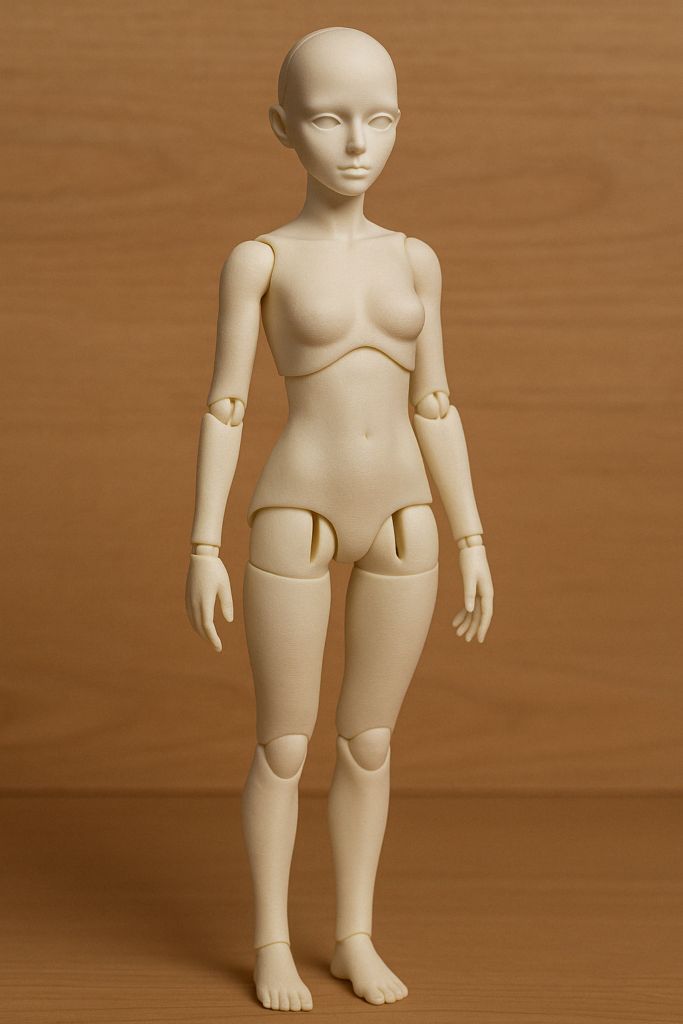The world of Ball-Jointed Dolls (BJDS) has embraced the age of digital creativity through 3D printing. Whether you’re a seasoned BJD collector, a custom doll artist, or a hobbyist looking to design your first creation, finding the right BJD 3D print files is essential. In this comprehensive guide, we’ll explore where to find these files, how to use them, best practices for printing, and customisation tips that will help you bring your dream dolls to life.

What Are BJD 3d Print Files?
BJD 3D print files are digital models in STL, OBJ, or 3mf format designed for 3D printing ball-jointed dolls. These dolls have multiple moving parts, or joints, allowing for high poseability and realism. Files typically include separate components such as:
- Head
- Torso (upper and lower)
- Arms and legs (with joints)
- Hands and feet
- Eye sockets and wig-ready head caps
Some files also include accessories like shoes, outfits, or props, making them ideal for complete customisation.
Where to Find High-Quality BJD 3D Print Files
If you’re looking for quality and variety, check these top websites for BJD files:
1. MyMiniFactory
- Trusted source for original 3D models
- BJD categories and filters
- Designer profiles with ratings
- Some files are free; others are premium
2. Cults3d
- Extensive selection of stylised and realistic BJD models
- Ideal for artists seeking creative characters
- User ratings and previews
3. Thingiverse
- Large free repository for STL files
- DIY BJD communities contribute open-source designs
- Great for beginners looking to experiment
4. CGTrader
- Professional-quality models for advanced creators
- Paid options with commercial licenses
5. Gumroad and Etsy (via creators)
- Find indie doll artists selling custom BJD designs
- Often includes detailed instructions or assembly videos
Choosing the Right 3D Printer and Materials for BJDS
Printing a BJD requires attention to detail. Here’s what you need:
Printer Type:
- Resin Printers (SLA/DLP): Best for smooth surfaces and small parts, such as fingers and joints.
- FDM Printers: Suitable for larger components, though they may require more post-processing.
Recommended Materials:
- Standard resin for detailed features
- Tough resin for increased durability
- PLA or PETG for larger parts if using FDM
Build Size:
Ensure your printer can accommodate the doll size you plan to create (e.g., 1:6, 1:4, 1:3 scale).
Tips for Successful BJD 3d Printing
1. Optimise Print Orientation
Position parts to minimise supports and preserve detail.
2. Test Fit Before Full Assembly
Dry-fit joints to check tolerances before glueing or stringing.
3. Post-Processing Matters
Use sanding, priming, and painting to achieve a lifelike finish. Resin parts benefit from curing and cleaning.
4. Use Elastic Cord for Jointing
Proper tensioning makes BJDS poseable. Tutorials for elastic stringing are available on YouTube and BJD forums.
5. Customise with Paint and Accessories
Use acrylic paints, wigs, doll eyes, and clothing to personalise your doll. Many 3D artists offer files for wigs and shoes to match their BJD models.
Real-Life Applications of 3d-Printed BJDS
- – Custom Character Dolls: Bring your original characters (OCS) to life.
- Stop-motion animation: Use jointed dolls in short films.
- – Collector Models: Recreate vintage or fantasy-themed dolls.
- – Educational Projects: Teach design, anatomy, and engineering through doll articulation.
- – Art Installations: BJDS serve as expressive media in fine art projects.
SEO Tips for Sharing Your BJD Creations Online
When you post your creations on platforms like Instagram, Etsy, or forums, use SEO-friendly tags and descriptions:
- Keywords: “BJD 3D print,” “custom ball-jointed doll,” “STL doll files”
- Use alt text for images
- Link to your Gumroad or Etsy shop (if selling your own designs)
- Join communities like Reddit’s r/BJD or Facebook BJD groups for feedback
READ MORE – 3d-Printed Battery Trailer Cover: Design, Materials, and Tips
FAQs:
1. What scale should I choose for my 3D printed BJD?
Common BJD scales include 1/6 (approximately 27 cm), 1/4 (40–45 cm), and 1/3 (60–70 cm). Choose based on display space, print size, or clothing availability.
2. How long does it take to print a full BJD?
Depending on scale and printer type, printing can take anywhere from 10 to 48 hours. Resin printers offer faster prints for small parts.
3. Can I sell dolls made from BJD STL files?
Check the license terms of each file. Some are for personal use only, while others allow for commercial resale.
4. What’s the best way to paint a 3d-printed BJD?
Use acrylic paints, soft pastels, and sealants like Mr. Super Clear. Face-ups can be detailed with fine brushes or using an airbrush.
5. Are there open-source BJD files for beginners?
Yes! Platforms like Thingiverse and Printables offer free beginner-friendly BJD models with guides and community support.
Conclusion:
Whether you’re diving into the world of custom BJDS, experimenting with character design, or just curious about 3D printing dolls, BJD 3D print files provide an exciting, hands-on creative outlet. From artistic expression to technical exploration, the BJD community thrives on customisation and innovation. Explore sites like MyMiniFactory, Cults3d, and Thingiverse to find your next favourite design, and don’t forget to share your creations to inspire others.
Happy printing—and may your dolls be as unique as your imagination!

